Reading lots of non-fiction books comes along with Common Core territory. You’ll find that these non-fiction ideas wills help you cover common core standards in the primary grades in thematic units, guided reading and literacy centers. I’ve also found a great set of non-fiction text feature posters that should help your students better navigate non-fiction.
Common Core ELA expectations state that the percentages of the amounts of non-fiction should grow from 40% in kindergarten to 60% in the upper grades. I hope that these tips from these teachers will help you as you make the shift in your classroom. We’d love to have you share your tip, free download or lesson idea with teachers in the Teach Junkie community.

1. Common Core – Use Non-Fiction in Thematic Units
Thematic Units – Picking a theme helps you plan your purpose on how you can best introduce your Common Core standards, practice them and build on them. A theme allows the content to be exciting, increase vocabulary expertise and saves you time as you collect books, materials and create lessons. Here are three examples of units that weave non-fiction and Common Core standards seamlessly.
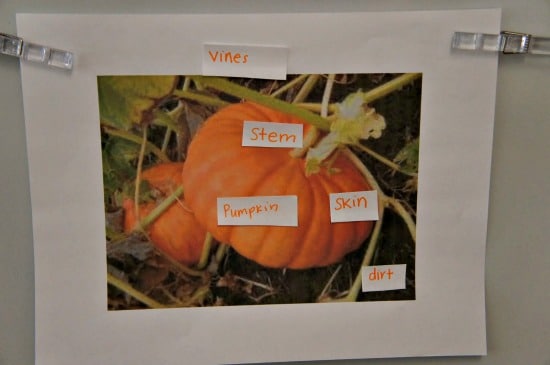
Topic – Bring it all together no matter what topic using journals, brace maps, and discuss how non-fiction creates “short cuts” to information. This teacher shares an example of using labels as a means of communicating content with her kindergarten class. {Free download}
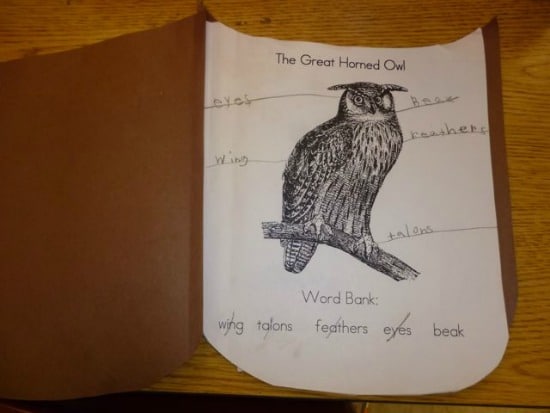
Owls is an example of a great topic with lots of non-fiction books to choose from. You can create shaped silhouette books for students to write about their new knowledge and content. Display the non-fiction books to make them easily accessible and then add student-created books to the collection!
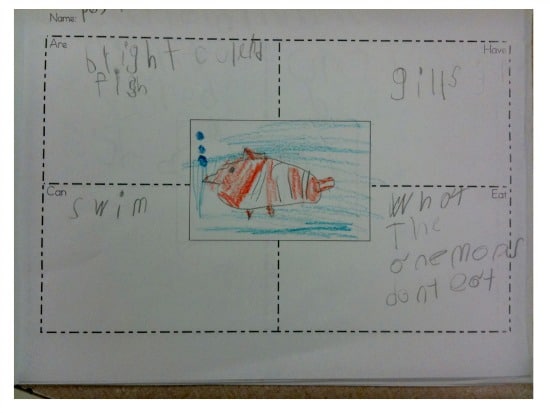
Graphic organizers are important when helping students learn how to collect, organize and synthesize information from non-fiction books. Even kindergarten students can be successful in these skills using Common Core standards. {Free download}
2. Common Core ELA – Schedule it In
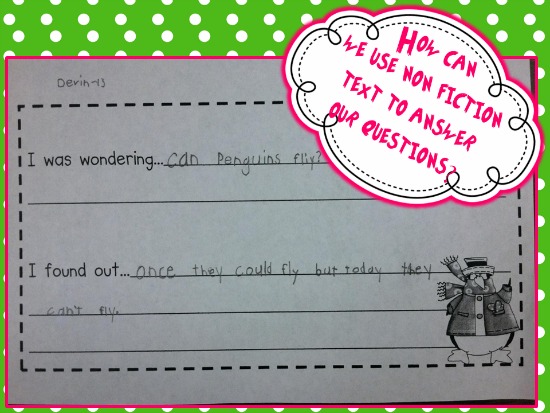
Guided reading is a perfect time to meet in small groups and work through non-fiction with students. You can really check in with them to see how they are using their non-fiction reading strategies. You an be more interactive and really help them break down the content when they are right in front of you. Reading non-fiction texts that are on their reading level helps them be successful.
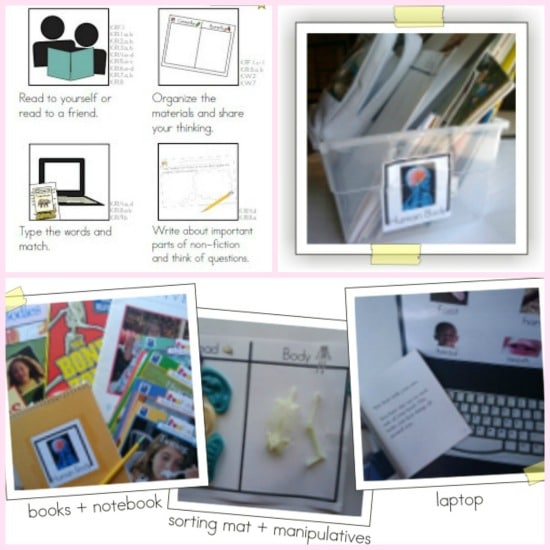
Literacy centers or during your 90-minute reading block is a great time to schedule it in. If you create an entire literacy center that revolves around non-fiction, just increasing the time spent with non-fiction alone will help them be more successful. In this kindergarten classroom, the teacher provides objects related to the non-fiction topic to make it manipulative while students explore the books and content. {Free download}
3. Create Non-Fiction Text References
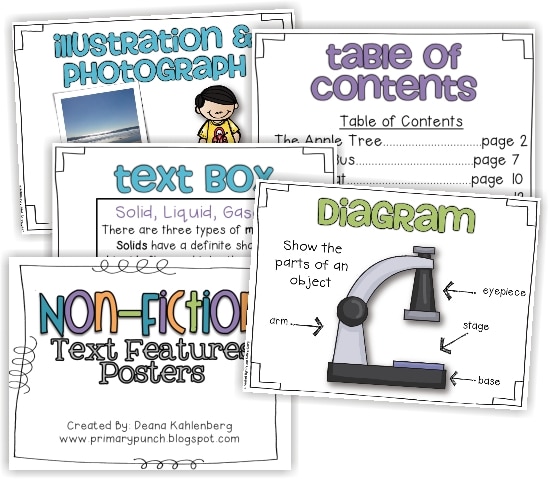
Posters and anchor charts are ideal for creating visual references around the classroom. Use posters to support what your students are learning about non-fiction text features. Posters are also another way to celebrate the work students are doing using non fiction and posting their work side by side with non-fiction books that show what they modeled their work after. They feel so proud! {Free download}
Thank you creative teachers for such great ways to hit Common Core standards using non-fiction. Your ideas on ways to teach non-fiction in the classroom are solid and fun. Feel free to grab the “I’m a Featured Teach Junkie” blog button as your creations are definitely worth the shout out.
More ELA
- Top 10 Non-Fiction Reading Resources {Beth Newingham}
- Story Elements {Teaching Characters and Plot Structure}
- 5 Spring Writing Templates {Free Download}
- 6 Spring ELA Word Work Ideas {Free Download}
Leslie {aka the original Teach Junkie} loves learning new things to make teaching easier and more effective. She enjoys featuring creative classroom fun when she's not designing teacher shirts, making kindergarten lesson plans or planning her family's next trip to Disney World.